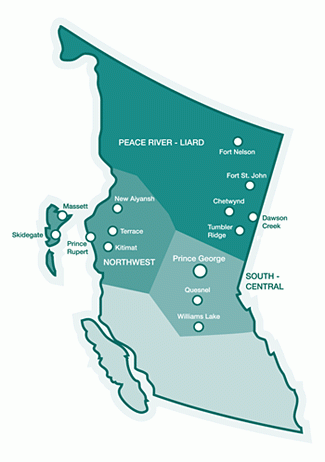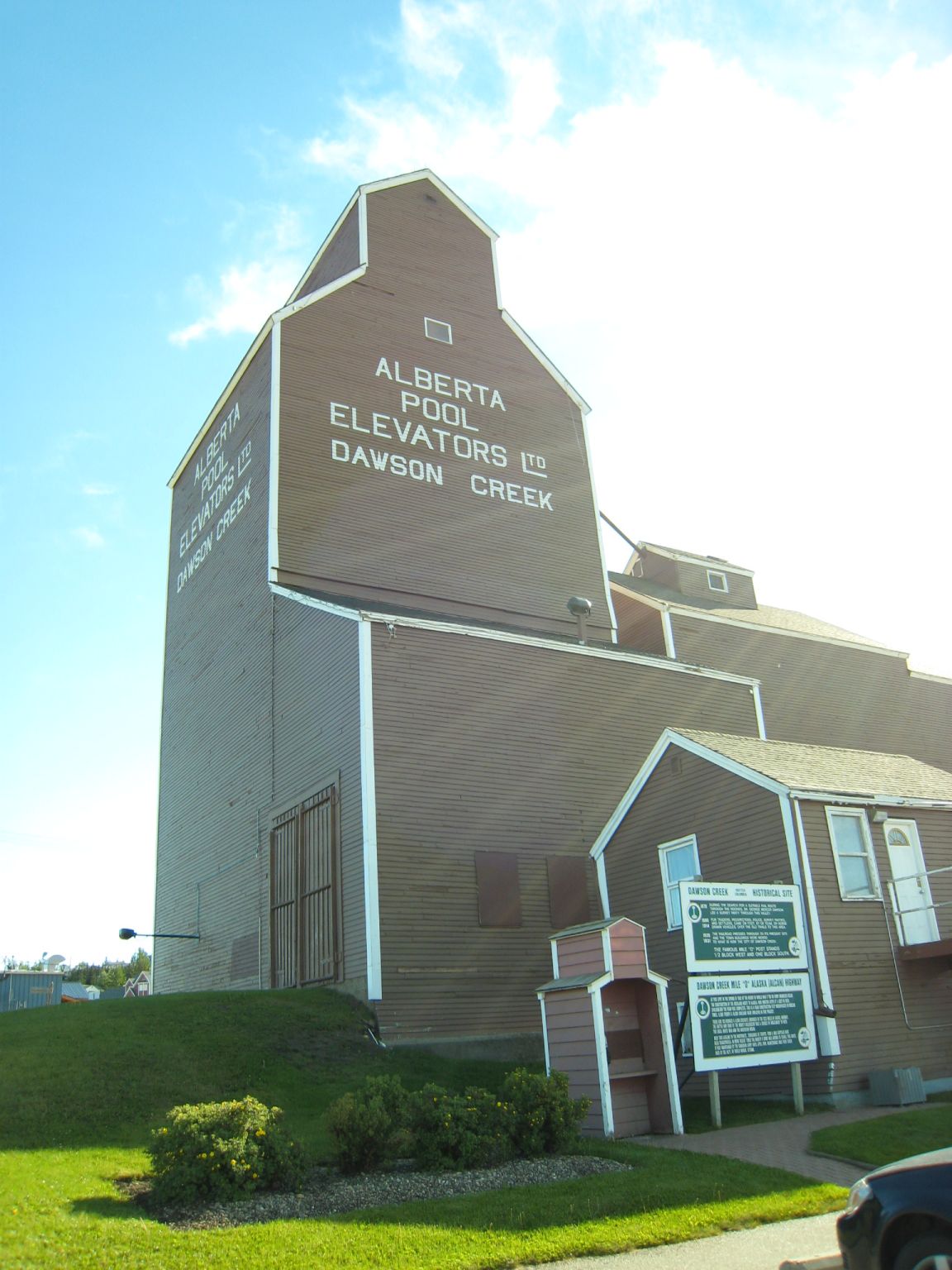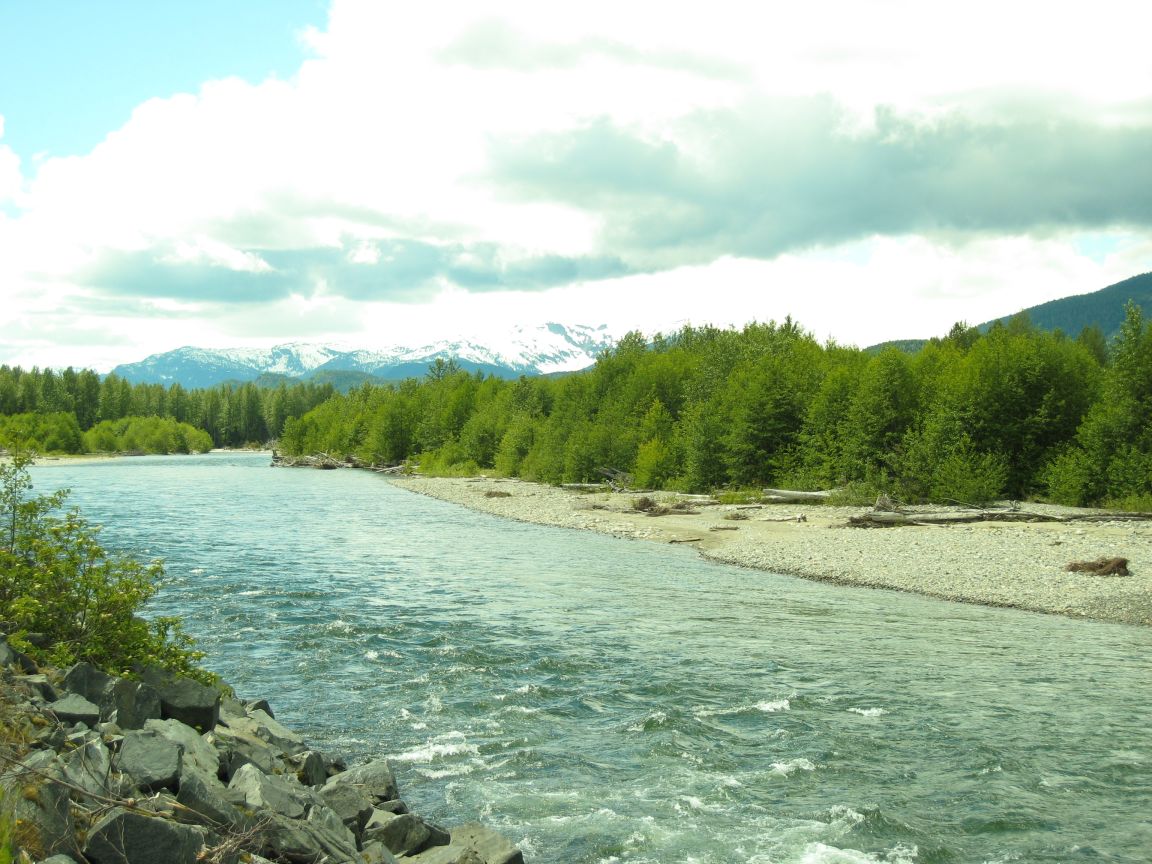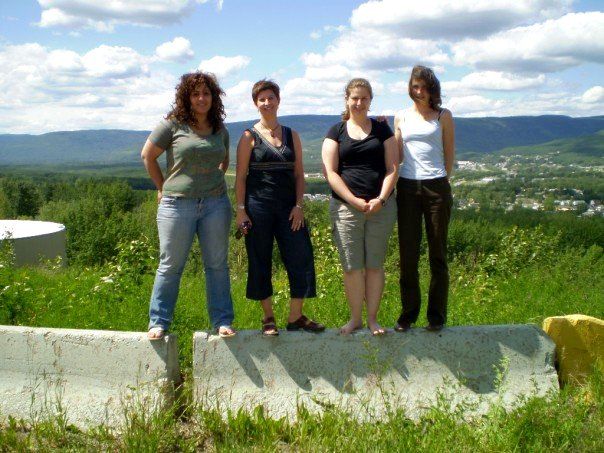
Enhancing the Warmth of Welcome in the Communities of British Columbia's Northern Region
The purpose of this multi-year study is toexamine the settlement, social and economic integration, and retention experiencesof immigrants and refugees in northernBritish Columbia,particularly those newcomers settling in the communities ofPrinceGeorge, Quesnel, Williams Lake, Terrace,Fort St.John, Kitimat, Smithers, and Dawson Creek. The project is funded through the Community Development Institute (CDI) and the Social Sciences and Humanities Research Council of Canada (SSHRC).

|
Dawson Creek, June 2008 Photo: Laurel Van De Keere |
The goal of the first phase of the study (2007/2008) was to interviewimmigrants and service providers in order to identify barriers andopportunities for attracting and retaining newcomers, and to enableservice providers to increase their capacity to work with diverseimmigrant populations.
Following from these findings, the second stage of theproject was aimed at better understanding the experiences and the needs ofmigrants who utilize immigrant and refugee services (including foreign brides,skilled workers (low and high), and immigrants entering the region through faithbased networks) in the communities of Prince George, Fort St. John, Terrace,Dawson Creek, and Smithers.

|
Pine Pass, June 2008 Photo: Laurel Van De Keere |
Women, Migration, and Marriage
The goal of the current stage ofthe study (2008/2009) is to better understand the experiences and needs of foreign brides,skilled workers, and immigrants arriving to the region though faith-basednetworks. Working in partnership with the Immigrant & Multicultural Services Society (IMSS)of Prince George, the research team travelled to variouscommunitiesto interview members of this population between June and October2008.
As part of the second phase of thisproject, the research team embarked on a focused exploration of the marriage migrationphenomenon, which brings many women to northern British Columbia outside of the regularfamily or labour migration channels. Subsequently, the goal of our current phase of research (2009) is toexplore such hidden avenues of migration by providing migrant women,specifically women who have arrived as live-in caregivers, foreign brides, mail-orderbrides and/or internet brides, with the opportunity to express theirexperiences of marriage and migration, as well as their perception of living ina northern, rural, non-metropolitan environment, through photography, utilizinga community-based participatory research (CBPR) technique called Photovoice.
Photovoice is a communitybased participatory research (CBPR) tool that allows participants togive voiceto their experiences by taking photographs. Photography can be a veryvaluable,powerful method of obtaining qualitative information, experiences, andmost ofall, personal photographs allow the participants’ perspectives andexperiencesto be heard and recognized. Additionally, photographs can be used as acatalystto engage participants (typically those with less power) andpolicy-makers(those typically with more power) in group dialogue for social change.Therefore, this Photovoice project will provide a forumfor discussion amongst immigrant women and community members regardingthe participants' perceptions of the communities of Prince George, FortSt. John, and Dawson Creek.
The research team is currently conducting fieldwork for the Photovoice project inPrince George, Dawson Creek, and Fort St. John between the months of June and October2009. If you would like more information about this stage ofstudy, or if you are interested in being interviewed, please take alook at the 2009 Project Pamphlet.

|
Research Team outside Fort St. John, June 2007 Photo: Katie McCallum |